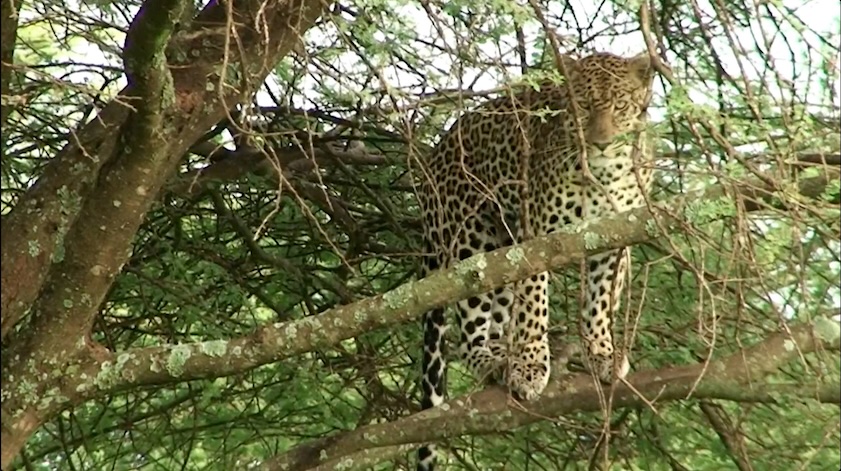
Leopard - Mbuzi Mawe Serengeti National Park
How to Shoot Video of African Leopards in the Wild
This Ultimate Guide on hobbyist photography / shooting video will get you going from type of camera to accessories, positions, how to shoot video of the African Leopard.
How to Shoot Video of African Leopards in the Wild
Leopard Facts
Before you learn how to photograph, you must know your subject well. The African Leopard is a magnificent animal. With a coat of rosettas on the skin, a powerful body, a rudder like tail, this cat is built for the kill.

African Leopard Serengeti National Park
Amazing Climber
African Leopards are such amazing climbers that they can hoist a kill three times their weight up a tree into the higher branches away from the reach of other predators
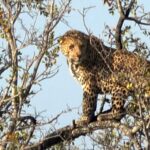
African Leopard, Kruger National Park
Built for the Kill
The African Leopard is a magnificent animal. With a coat of rosettas on their skin, a powerful body, a rudder like tail, this cat is built for the kill. Leopards are strong swimmers too.
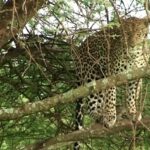
African Leopard, Serengeti National Park
Solitary Cat
African Leopards are solitary animals who prefer to hunt at night. They are fiercely protective of their territories and keep their kills on tree perches away from other predators
Photo or Video?
Before we get down into the details of how to capture the elusive African Leopard in your camera frame, you need to be clear whether you would like to focus on photography or video. Both need skills but different in a way though some techniques will apply to both. How are photography and videography different?
A photograph is a snapshot in time. It captures a particular moment.
Video, on the other hand is a set of moving pictures. It captures action over a period of time.
Photography freezes the action for a second while video makes the activity a continuous one.
Your Choice of Camera
Camcorders
Camcorders are perfectly suited for point and shoot operation for video though many are capable of capturing still images. Modern day camcorders are built for handheld shooting of video, come with powerful zoom lenses.
Camcorders are perfectly suited for point and shoot operation for video though many of them have a capability of capturing still images. Modern day camcorders are extremely suitable for handheld shooting of video and come with powerful zoom lenses.
Lakshmi Soundararajan
Wildlife Enthusiast
DSLR Cameras
Digital Single Lens Reflex Cameras are perfectly suited for photography though many have a basic capability of capturing videos. Modern day mirrorless cameras are replacing DSLR technology quite a bit.
Digital Single Lens Reflex Cameras are perfectly suited for photography though many of them have a basic capability of capturing videos.
Modern day mirrorless cameras are replacing DSLR technology quite a bit.
Lakshmi Soundararajan
Wildlife Enthusiast
Smartphone Cameras
Smartphone camera technology has made unbelievable strides. Many of them boast resolution as good as DSLRs. Smartphone cameras are mainly suited for still images though they do have a capability for video. Smartphone cameras do not have good enough zoom capability.
Smartphone camera technology has made unbelievable strides. Many of them boast resolution as good as DSLRs. Smartphone cameras are mainly suited for still images though they do have a capability for video. Smartphone cameras do not have good enough zoom capability.
Lakshmi Soundararajan
Wildlife Enthusiast

Sony FDR AX53 Camcorder
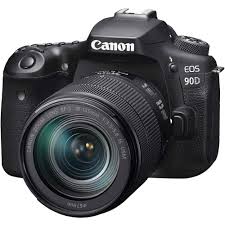
Canon DSLR Camera
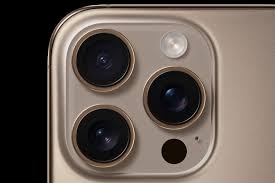
iPhone 16 Pro Camera
Knowing Your Video Camera Well
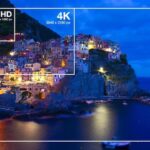
Resolution
Camera image resolutions can be from Standard through High Definition (SD / HD) all the way through 4K to 8K. 4K has four times HD resolution

Stabilization
Camera images are only as good as how little shake there is in the image while taking the picture. You need steady hands and possibly a tripod to get a stable shot.

Zoom
Images are subject to distance between subject and camera. Optical Zooms retain the original image resolution, therefore remain sharp as opposed to Digital Zooms which simply magnify images and therefore tend to pixellate.
Camera Accessories

Battery
Battery is the foremost accessory since it is the one which will keep the camera operating. Always have at least one (ideally two) spare batteries fully charged with you. Ensure you have identified specific battery type, capacity for your camera model. Carry applicable battery charger also.

Memory Cards
Camera images are stored on Memory Cards. Just like the battery, you must have at least one (ideally two) spare memory card fully formatted with you. Ensure you have identified specific memory card type, capacity for your camera model.

Tripod
Camera images are only as good as how little shake there is in the image while taking the picture. While a lot of footage on safari is going to be hand held, wherever possible to set up, use a tripod.
Shooting Video Basics

Gripping the Camera
You must grip the camera through the strap. Ensure you have a comfortable grip which allows you to point the camera without difficulty.

Hand Held Shots
Most shots you will take on safari will be hand held shots while seated in the game drive vehicle. You must practice taking shots and check how stabilized the image has turned out.

Focus
Focus in modern day cameras can be: Manual and Auto. Autofocus mode is when the camera determines the subject based on distance. Manual mode is when you have to adjust the distance manually.
Shooting Video Positions

Standing on Ground
You could be standing on firm ground while taking a shot at your wildlife subject. This allows you to adjust focus based on the distance at which your subject is.

Sitting in Safari Vehicle
Often though during safari game drives, you will be seated in the vehicle. Ensure you get a good seat so that you are able to get a clear shot of the wild animal.

Walking with Camera
At times, you may be walking with your camera pointed at the subject. It is critical that you avoid shake during walking. Ideally, you should stop at one place and focus on your subject.
Shooting Video Techniques

Camera at Eye Level
While standing on firm ground, you may be photographing holding the camera at eye level.
This is fine most of the time and in particular when your subject is stationery.
However, when your subject is moving, this may not yield the best results.
See example in next section.

Camera Not at Eye Level
When your subject is moving, photographing at eye level does not give good results. This is particularly if the wild animal is at a lower level.
Then, squatting or kneeling down and shooting from that level will provide great dimension.
See next section for fore/background.

Foreground & Background
Wildlife Photography is enhanced when you insert a foreground element between you and the wild animal. This can be jungle shrubs, tree branch and so on.
See Link below (Bushwalk) where I am not only shooting video from a lower level but also have inserted the jungle shrub between me and the male cheetah.
Where to See African Leopard
Serengeti National Park is the Planet's Biggest Game Reserve. It spans a distance of over 14000 square kilometers in Tanzania.
Masai Mara National Reserve in Kenya is one of big game reserves anchored by the meandering Mara river. It boasts of the Super Seven of Africa and is contiguous with the Serengeti National Park in neighboring Tanzania.
Kruger National Park in South Africa is one of the Planet's Biggest Game Reserve. It boasts of every kind of wildlife in the Africa flaura and fauna.
SHOOTING VIDEO Faq.
Well, the only way to acquire proficiency is to continuously use your video camera.
Take it out in and around your location, see if you can find a park where domestic animals / birds are available. The idea is to become comfortable with operating your camera.
Awesome question! Shooting Video is NOT an End by itself but a MEANS TO AN END.
You should learn basics of video editing so that you are able to trim your video footage.
In general, if you shoot 10 minutes of video, you will probably be able to use about 1-2 minutes of the footage.
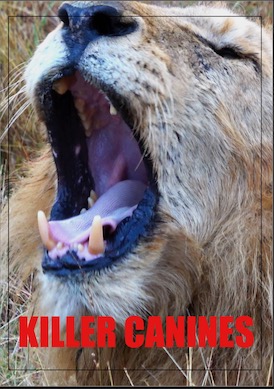
Sign Up for Free KILLER CANINES Newsletter
Every jaw dropping experience through videos, pictures are my own during travels around the world! Join the excitement!
Hi, I'm Lakshmi Narasimhan
I am a traveler, adventurer and blogger rolled into one. Wildlife and Nature fascinate me. My travels have taken me to more than 25 countries and 5 continents.
The Voyages of Discovery blog is my ode to the enthralling pursuit of travel and experiences. Every video, picture, guide and tip is based on my personal experiences. These are not based on hearsay. I write blog posts on two carefully chosen topics in each episode.
Learn valuable tips on road trips, videography, photography, destinations and adventure through the Ultimate Guides based on real experiences. I promise that the content will be worth your while. Sign Up to stay updated on all our adventures.
Lakshmi Narasimhan
Follow Me on Instagram


